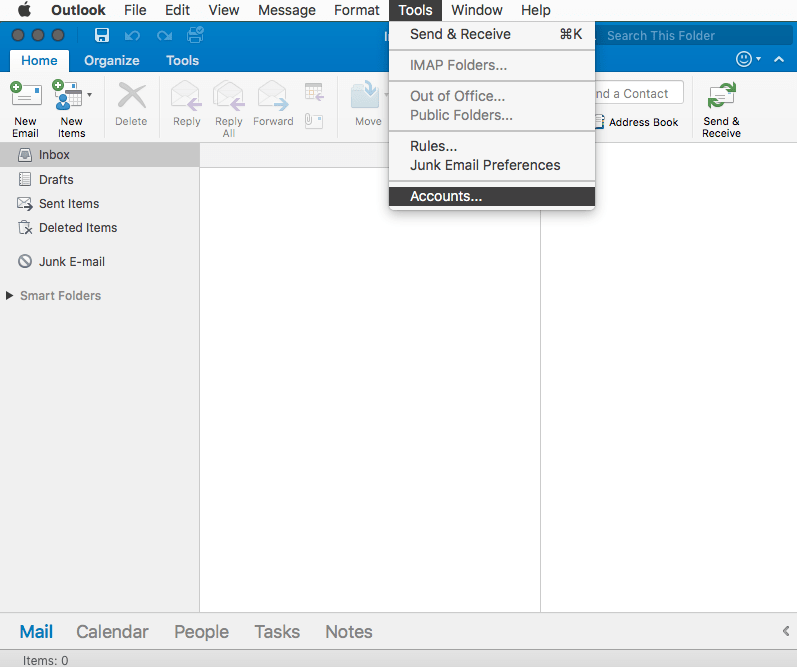
- Outlook 2016 for mac prompting for password password#
- Outlook 2016 for mac prompting for password windows#
Under the subfolder that you found in step 7, examine the 01023d0d binary value. Locate the subfolder in your profile that matches the GUID value identified in step 6 (for example, \c3d19a7b801bc44a960ae5b63bf97c7e). It represents a GUID (for example, c3 d1 9a 7b 80 1b c4 4a 96 0a e5 b6 3b f9 7c 7e). Under the \0000000x subkey, locate the Service UID binary value. For example, the Account Name value points to under the \00000003 subkey. Repeat this process until you find the Account Name value that includes your SMTP address. Select the first subfolder (00000001), and then examine the data of the Account Name binary value by double-clicking the value. Under the 9375CFF0413111d3B88A00104B2A6676 key, you see a subkey for each account in your profile. Under this subkey, locate and expand the name of your Outlook profile.


HKEY_CURRENT_USER\Software\Microsoft\Windows NT\CurrentVersion\Windows Messaging Subsystem\Profiles HKEY_CURRENT_USER\Software\Microsoft\Office\15.0\Outlook\Profiles Locate the registry path appropriate for your version of Outlook:
Outlook 2016 for mac prompting for password password#
If you're prompted for an administrator password or for confirmation, type the password, or click Allow.
Outlook 2016 for mac prompting for password windows#

This diagnostic does automated checks and returns possible solutions for you to use to try to fix any detected issues. If both conditions are true,it is highly recommended that you use the Outlook keeps asking for my password diagnostic to troubleshoot issues in which Outlook continually prompts for a password. You may also already be running newer versions of Outlook 2013 or Outlook 2016. You may be an Office 365 customer who is experiencing the error that is described in the "Symptoms" section when you try to connect to an Exchange Online mailbox. These versions have the Logon network security setting disabled or removed from the Microsoft Exchange email account settings. Those versions have been updated to prevent the problem that is described in the "Symptoms" section.

Microsoft Outlook 2016 and some recent builds of Outlook 2013 are not affected by this issue.


 0 kommentar(er)
0 kommentar(er)
